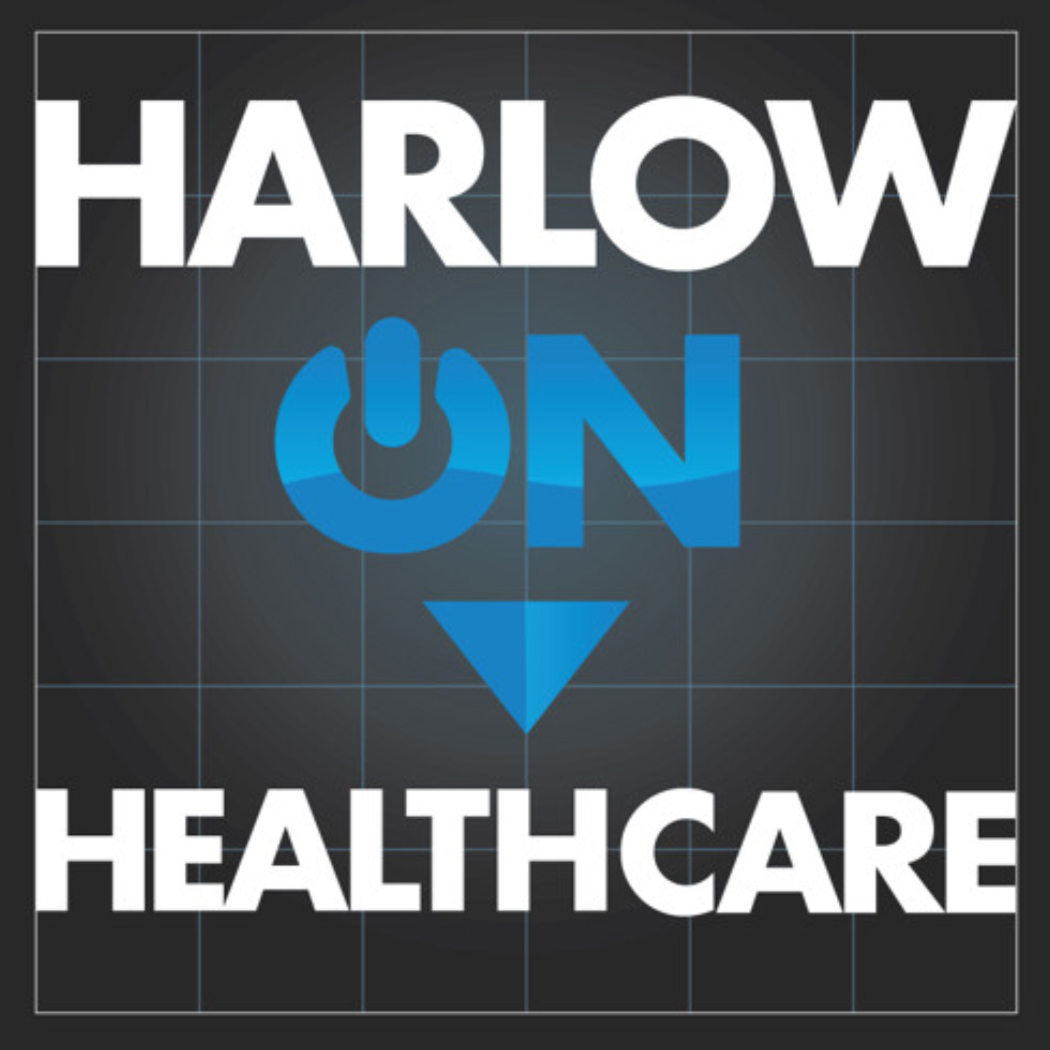Tom Mayo posted a couple of stories on his Health Law Blog this week (here and here) about emergency departments and their varying approaches to reducing waiting times ("boot in the butt" vs. triaging noncritical patients more appropriately).
While many hospitals have developed systems to triage noncritical care patients into an urgent, but not critical, care settings, there has been little done to address the root causes of ED overcrowding.
A couple of years ago, a Health Affairs article noted that for some California hospitals, the solution to the problem was to build additional ED capacity. More recently, another Health Affairs article pointed out that, despite general perceptions, inappropriate ED utilization is not concentrated in facilities serving uninsured and ethnic and cultural minority populations.
Update: Further detail from the article on ED utilization may be found on Peter Lucash’s Physician Business Blog.
So what are the real root causes and how can they be addressed? A couple of thoughts:
First, the "boot in the butt" leading to the "boot in the butt" described on Tom Mayo’s blawg may be a relatively new JCAHO standard, effective as of January 1, 2005, which requires that:
The leaders develop and implement plans to identify and mitigate impediments to efficient patient flow throughout the hospital.
The rationale for this standard:
Managing the flow of patients through their care is essential to the prevention of patient crowding, a problem that can lead to lapses in patient safety and quality of care. The Emergency Department is particularly vulnerable to experiencing negative effects of inefficiency in the management of this process. For this reason, while Emergency Departments have little control over the volume and type of patient arrivals and most hospitals have lost the “surge capacity” that existed at one time to manage the elastic nature of emergency admissions, other opportunities for improvement do exist. Improved management of processes can ensure the wise use of limited resources and thereby reduce the risk to patients of negative outcomes from delays in the delivery of care, treatment, or services.
Well, that doesn’t explain the origins of the problem, but it may help explain hospitals’ growing interest in solving the problem.
Second, a few years ago, an interesting study came out in Academic Emergency Medicine, based on a study of ambulance diversion in Massachusetts. My memory is that the authors found that the key contributing factor to diversions was uneven scheduling of elective surgeries during the course of the week, to suit the scheduling convenience of surgeons and patients. If hospital beds (esp. ICU beds with post-surgical patients) were all full, then EDs had to go on diversion because the hospitals would not be able to admit a patient arriving by ambulance.
It’s a difficult problem, and one that all hospitals need to gear up for as summer comes to an end and flu season is not far behind.


